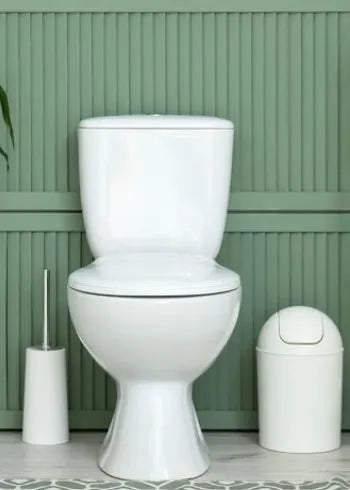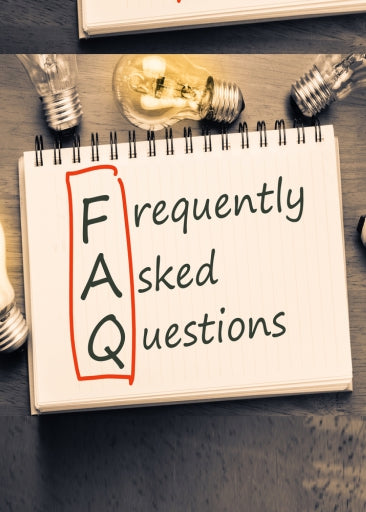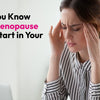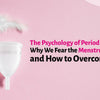What are the symptoms of dysmenorrhea or extreme period pain?

What are the symptoms of dysmenorrhea or extreme period pain?
We have almost 40 crores of menstruating women in India. Menstruation is accompanied by pains, cramps and other ill conditions that make sure that your period days are turned into the worst days of your life. Period cramps are medically referred to as dysmenorrhea, Primary and secondary dysmenorrhea are the two forms of dysmenorrhea.
Common Symptoms and Treatment of Dysmenorrhea!!
Primary dysmenorrhea recurs regularly. You may experience pain in the lower abdomen, back, or thighs that range from mild to severe and last for 12 to 72 hours.
The other symptoms include-
- Sinus pain
- Dizziness
- Fevers
- Head and body aches
- Stuffy noses
- Abdominal crampin
- Bloating
- Back pains
- Body aches
Menstrual cramps may become less unpleasant as you age, and they may even stop if you have a baby.
Secondary dysmenorrhea occurs when you experience painful periods as a result of a problem with your reproductive organs. Secondary dysmenorrhea causes pain that lasts longer than regular menstrual cramps.
What causes menstrual cramps to be so painful?
When your period arrives, your uterus contracts and sheds its lining, which is then expelled as blood via your vaginal opening. Period cramps are produced by uterine contractions. Changes in your body’s hormone levels cause these contractions.
The uterus contracts pressing it against nearby blood vessels, pulling off the supply of oxygen to muscle tissue causing you the pain.
How does secondary dysmenorrhea cause menstrual cramps?
Cramping can be caused by a variety of factors, including:
- Endometriosis is a disorder in which the tissue lining the uterus bleeds, producing swelling, scarring, and pain during your period.
- Adenomyosis is a disorder in which the uterus expands beyond its normal size, causing irregular bleeding and pain.
- PID stands for pelvic inflammatory disease, which is a bacterial infection that begins in the uterus and can spread to other reproductive organs.
- Fibroids are growths on the inside, outside, or inside the uterine walls.
How can you relieve mild menstrual cramps?
- Exercise regularly Physical activity, like yoga, brisk walking, and intercourse, helps ease menstrual cramps for some women. Scientists found that women who do aerobic exercise regularly show significant reductions in period cramps. Exercising regularly can help raise your body temperature and then let it drop so that it causes drowsiness right before bedtime. Yoga, running, pilates, or cardio, which elevate your mood and balance hormonal changes, will make you feel much more relaxed.
- Use of a heating pad Using a heating pad, hot water bottle, or heat patch on your lower abdomen can help relax the muscles of your uterus and might ease menstrual cramps.
- Try dietary supplements. Dietary supplements that include vitamin E, omega-3 fatty acids, vitamin B-1 (thiamin), vitamin B-6, and magnesium may help reduce period cramps. A good diet and staying well hydrated may help manage the symptoms of a heavy period.
- Taking vitamin C supplements, such as citrus fruits, in conjunction with an iron supplement can help prevent an iron shortage.
- Reduce your stress levels. Menstrual cramps and their severity may be exacerbated by stress.
- Use aromatic oils to massage your stomach. When massaged into the belly, essential oils including lavender, clove, cinnamon, and rose can help relieve period cramps, especially when used in a combination.
A five-minute gentle massage before and during your period may help reduce cramps and improve circulation in your abdomen.
Take an over-the-counter pain medication.
Ibuprofen (Advil, Motrin), naproxen (Aleve), and aspirin (Bufferin) are pain medications that function best when taken as soon as cramps or pain appear. But make sure you only take it as instructed.
Soak in a tub of warm water.
Relax your pelvic muscles by soaking in a warm bathtub for at least 15 minutes. Caffeine and salty meals should be avoided as much as possible.
Avoid salty, caffeine-rich, and fatty foods.
It can cause bloating, water retention, and discomfort. Period discomfort and premenstrual syndrome (PMS) symptoms can be reduced by eating a low-fat, vegetarian diet.
Acupressure is a good option.
A non-invasive Chinese treatment that includes applying hard pressure to particular body regions with your fingertips to assist relieve various problems.
Try these easy remedies and experience painless and easy period days.
- Posted in dysmenorrhea, extreme period pain, feminine hygiene, symptoms of dysmenorrhea, symptoms of extreme period pain, what is dysmenorrhea













